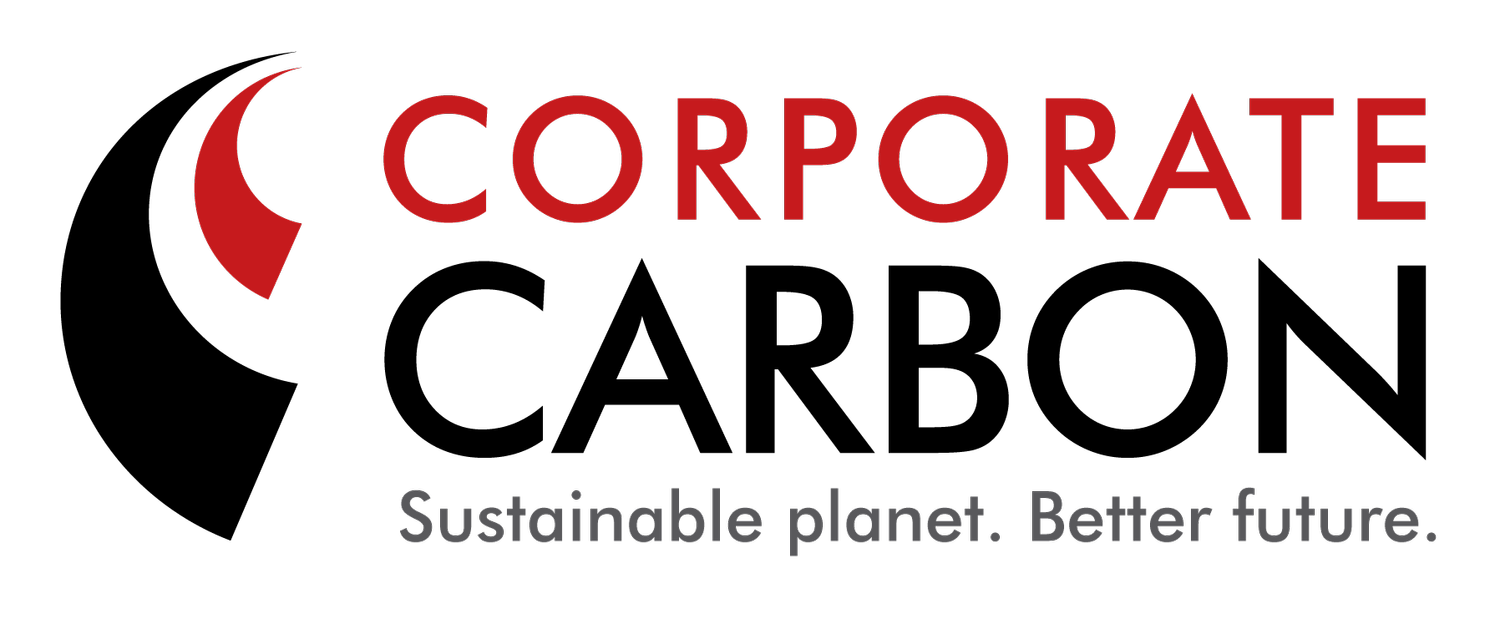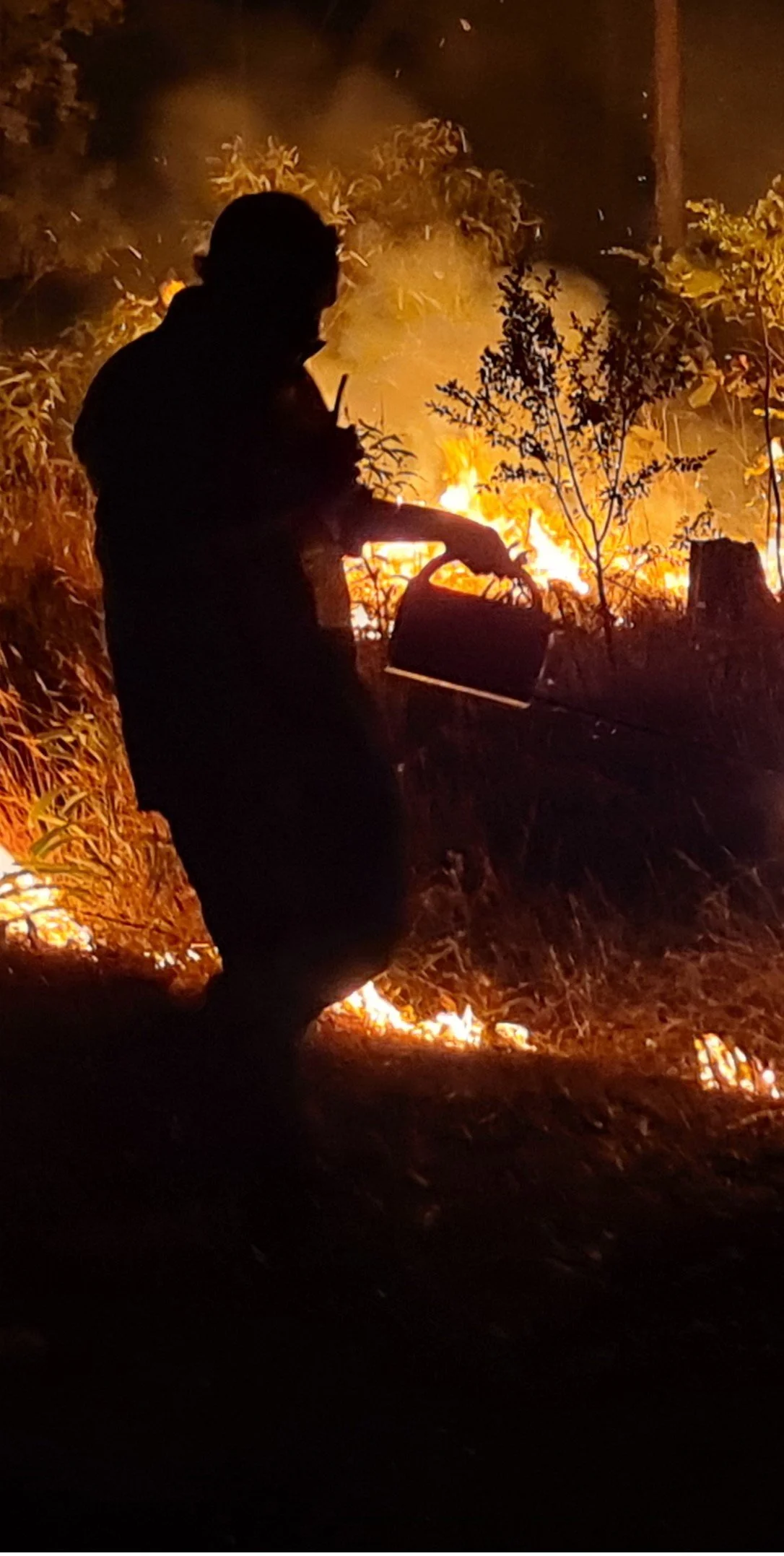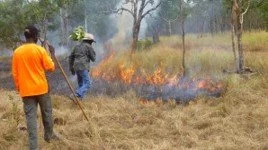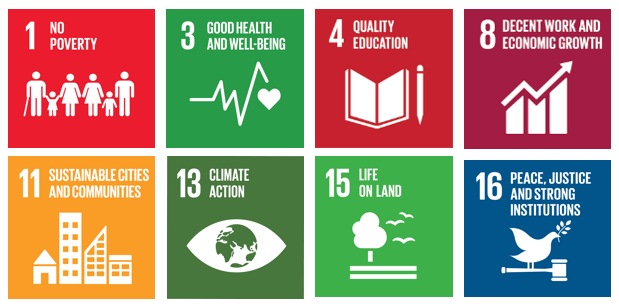
Batavia Savanna Burning Project
Savanna Fire Management in Cape York Peninsula, Far North Queensland
The project
Registered in 2015, the Batavia Savanna Burning Project covers an area of 241,637 ha.
This project involves strategic and planned burning of savanna areas in the high rainfall zone during the early dry season to reduce the risk of late dry season wildfires.
The project is registered under the Emissions Reduction Fund under Carbon Credits (Carbon Farming Initiative - Emissions Abatement through Savanna Fire Management) Methodology Determination 2015.
The project reduces late dry season wildfires by applying traditional burning practices in the early dry season.
A joint fire management strategy between Batavia Traditional Owners Aboriginal Corporate (BTOAC)and Queensland Parks and Wildlife Services was implemented from 2015 to mitigate wildfire risk, conserve vegetation and animal specifies, protect wetlands and control weeds.
The Property
The project is situated in the 1000mm rainfall isohyet. Neighbouring properties include Steve Irwin Wildlife Reserve (north-west), Bramwell (north), Bromley (east), Lockhart River and Merluna (south), Sudley and Billy’s Lagoon (west).
Batavia Downs was originally established as a grazing property. It then became a government research farm before being handed over to the Atambaya, Northern Kaanju and Yinwum People in November 2012
The Batavia Traditional Owners have connection landscapes within the surrounding areas that signify customary lore. Cultural practises such as collecting materials for traditional costumes, collecting bush medicines, and undertaking traditional hunting and gathering.
Co-Benefits
The reduction in late dry season wildfires helps protect a mosaic of threatened vegetation structures and ages in eucalypt forest and woodland communities. Important birds, mammals and reptiles are returning to country.
Local threatened species found in patches of vine forest include the palm cockatoo (Probosciger aterriumus) and the rufous owl (Ninox rufa meesi) species' habitats are protected from destructive late dry-season wildfires.
Traditional Owners guide culturally appropriate fire management at and around special cultural sites and features.
Annual revenue is generated from the sale of Australian Carbon Credit Units (ACCUs), to support ongoing Indigenous conservation management objectives.
United Nations Sustainable Development Goals that apply to the project
An Australian Carbon Credit Unit (ACCU) represents one tonne of carbon dioxide equivalent stored or avoided.
ACCUs are issued by the Australian Government Clean Energy Regulator (CER) under the Emissions Reduction Fund (ERF) in return for reducing the level of greenhouse gases in the atmosphere.
The integrity of the ACCUs created by this project are guaranteed by Corporate Carbon through our monitoring, verification and reporting process managed using established ERF methodology which is subject to independent audit and review by the CER.
Savanna Fire Management Projects involve strategic burning in northern Australia’s early dry season (January to July) to decrease the size, intensity and frequency of late dry season wildfires. Savanna emissions avoidance and savanna sequestration projects earn carbon credits for reducing wildfire emissions through annual fire management practices. A savanna sequestration project also increases the carbon stored in dead organic matter from fire management, which must be maintained for 25 or 100 years through continued fire Management.





